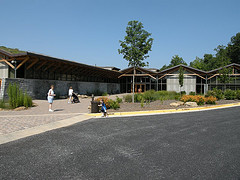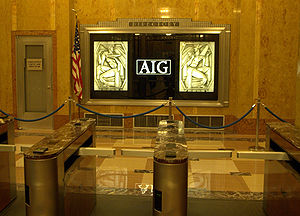Market stats for Sugar Hill, GA , April, 2011 indicate that there are 236 properties on the market. Overall, there is about an 12.2 month supply of properties. There were 20 sales, compared to 23 last month and 24 last April. The Absorption Rate (AR) dropped, but that is largely due to the reduction in active listings and the fact that a month with 15 sales dropped off.
For Sugar Hill homes priced under $200k, there are 164 listings, with under 10.7 months supply. There were 17 sales this April the same number last year for the same time. Last month there were 15 sales. Inventories have been rising steadily, until dropping this month. Normally, this time of year we see inventories ramping up. Sales have been flat or slightly down.
Sugar Hill Listings between $200k and $400k, there are 62 listings for sale, and about 15.5 months of supply. Last May there was only a 6.75 month supply. This segment really took a beating. It is also one of the few price/area segments that had an increase in listings and an increase in the Absorption Rate (AR). Last April there were 7 sales, this year there were 3. Last month had 8.
For listings in the $400k to $600k range, there are 7 homes on the market. The absorption rate is around 28 months, but with 1 sale 8 months ago, it is tough to calculate accurately. Obviously, a sale or two could make a BIG difference. There were only 3 sales in this segment last year. In 2009, there were almost twice as many sales in this price range. I hope to see some activity in this segment in May.
In the $600k to $800k, $800k to $1m and Above $1m (combined), the sales are too inconsistent to have a solid read on, but there are only 3 homes listed for sale in that price range. No sales have been recorded in the last 2+ years.
Sugar Hill, GA is a suburb of Atlanta in Gwinnett County. The population is 2000 was 11,399, but that only included the area inside the city limits. The name comes from a bag of Sugar that spilled on a hill while in transit between Cumming and the railroad in Buford. And while it is actually a big market, it is in the shadows of Lawrenceville, Duluth and Suwanee… which all are nearby. That also makes it a great location, as it is close to everything that Gwinnett County, GA has to offer.
I have a page dedicated to Sugar Hill Market Data.
Related articles
- Sugar Hill, GA, Market Report, March 2011 (lanebailey.com)
- Sugar Hill, GA, Market Report, February 2011 (lanebailey.com)
- Sugar Hill, GA, Market Report, January 2011 (lanebailey.com)
- Sugar Hill, GA, Market Report, December 2010 (lanebailey.com)
- Sugar Hill, GA, Market Report, November 2010 (lanebailey.com)
- Sugar Hill, GA, Market Report, October 2010 (lanebailey.com)













